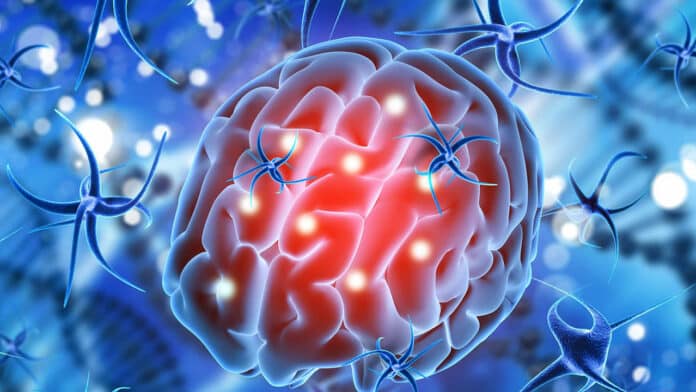The most prevalent and dangerous type of malignant tumor of the central nervous system is glioblastoma (GBM). Despite improvements in diagnostic methods and treatment regimens, clinical results are still challenged by therapeutic resistance and tumor recurrence. Tumor heterogeneity is one of the main barriers preventing the development of effective treatments.
Scientists at Stanford Medicine and their colleagues have recently developed an artificial intelligence model that analyzes stained images of glioblastoma tissue. It can predict how aggressive a patient’s tumor will be, identify the genetic makeup of the tumor cells, and assess whether significant cancerous cells will still be present after surgery.
This newly developed AI model could act as a decision support system for physicians. Through this, doctors could identify patients with cellular characteristics that indicate more aggressive tumors and flag them for accelerated follow-up.
Generally, doctors use histology images or pictures of dyed disease tissue to identify tumor cells. Based on it, they create treatment plans. These images reveal the shape and location of cancer cells but don’t show a complete picture of the tumor. In recent years, a technique called spatial transcriptomics has been widely used by physicians. It reveals dozens of cell types’ locations and genetic makeup, using specific molecules to identify genetic material in tumor tissue.
The technique paints a complete picture of the tumor in a way that was not possible previously. However, it is so expensive.
To economize the process, scientists in this new study- turned to AI. They created a new AI model to raw from spatial transcriptomics and enhanced basic histology images, creating a more detailed tumor map.
Olivier Gevaert, Ph.D., associate professor of biomedical informatics and data science, said, “The model showed which cells like to be together, which cells don’t want to communicate, and how this correlates with patient outcomes.”
More than 20 glioblastoma patients’ genetic information and spatial transcriptomics images were used to train the model. Based on these indepth images, the model discovered which cell types, cell-cell interactions, and profiles were associated with better (or worse) cancer outcomes. For instance, the model discovered that patients appeared to have more rapid, aggressive malignancies when tumor cells known as astrocytes packed together inappropriately. The model also revealed cellular patterns like this telltale clumping. It may help rug developers to design more effective treatments to target glioblastoma.
With an accuracy of at least 78%, the administered data also trained the model to recognize various tumor cells in corresponding histological images. Essentially, it used the cells’ shape to foretell which genes are “on” and “off,” which is information that discloses a cell’s identity.
This information can help surgeons to infer how much of a tumor was successfully removed during surgery and how much remains within the brain.
Their models revealed that the center of a patient’s tumor frequently contains tumor cells with genetic signs of oxygen deprivation. Worse cancer outcomes were associated with higher proportions of these cells. The model can assist surgeons by illuminating the oxygen-deprived cells in histology-stained surgical samples. This can help them determine how many malignant cells may still be present in the brain and when to start therapy again after surgery.


